Java ferns are a popular and easy-to-care-for aquatic plant that can add a beautiful and natural touch to any aquarium. They are native to Southeast Asia and are a favorite among aquarium hobbyists due to their hardiness, adaptability, and low-maintenance requirements.
Physical Characteristics
Java ferns (Microsorum pteropus) have long, narrow leaves that grow in a rosette pattern from a central rhizome. The leaves can range in color from dark green to light green and may have a slightly ruffled texture. The plant can grow up to 13 inches (33 cm) in height and can spread up to 10 inches (25 cm) in width.
One unique characteristic of java ferns is their ability to produce tiny plantlets on the undersides of their leaves. These plantlets can grow into new plants when they detach from the parent plant and fall to the substrate.
Habitat Requirements
Java ferns are native to slow-moving or still waters in Southeast Asia, including Indonesia, Malaysia, and Thailand. They prefer shaded areas with minimal water flow, such as riverbanks, swamps, and ponds.
In aquariums, java ferns can thrive in a wide range of water conditions. They can tolerate a pH range of 6.0 to 7.5 and a water hardness of up to 15 dGH. They prefer slightly acidic to neutral water and can grow in both freshwater and brackish water.
Aquarium Care
Java ferns are relatively easy to care for and require minimal maintenance. Here are some care tips to ensure that your java ferns thrive in your aquarium:
Lighting
Java ferns can grow in low to moderate light conditions and do not require intense lighting. They can even grow in dimly lit areas of the aquarium, making them an ideal plant for low-light aquariums. However, providing moderate lighting can enhance their growth and coloration.
Substrate
Java ferns do not require a nutrient-rich substrate and can grow on any aquarium substrate. However, they can also be attached to rocks, driftwood, or other decorations using fishing line or plant glue. This can provide a more natural-looking appearance and prevent the plant from uprooting.
Fertilization
Java ferns are slow-growing plants and do not require frequent fertilization. However, adding liquid or root tabs fertilizers occasionally can enhance their growth and keep the plant healthy. It is important to avoid adding too much fertilizer, as it can cause algae growth and damage the plant.
Maintenance
Java ferns are low-maintenance plants and require minimal pruning. Remove any yellow or dead leaves to keep the plant healthy. You can also remove any debris or algae that accumulates on the leaves using a soft brush or toothbrush.
Propagation
Java ferns can reproduce through sexual and asexual means. They can produce spores through sexual reproduction, but this process is rare in aquariums. Asexual reproduction is more common and occurs through the production of plantlets on the undersides of the leaves. These plantlets can be removed and replanted in the aquarium to grow into new plants.
Uses in Aquariums Java ferns are a popular choice among aquarium hobbyists due to their hardiness, adaptability, and aesthetic appeal. They can be used in a variety of ways in aquariums, including:
- As a foreground or midground plant
- Attached to rocks, driftwood, or other decorations
- Planted in the background of the aquarium
In addition to their aesthetic appeal, java ferns can also provide benefits to the aquarium ecosystem. They can help to absorb excess nutrients and waste from the water, which can improve water quality and reduce the risk of algae growth.
Java ferns are a popular and easy-to-care-for aquatic plant that can add beauty and natural elements to any aquarium. With their hardy nature and adaptability, they are an excellent choice for beginner and experienced aquarium hobbyists alike. Java ferns require minimal maintenance, making them a great option for low-maintenance aquariums.
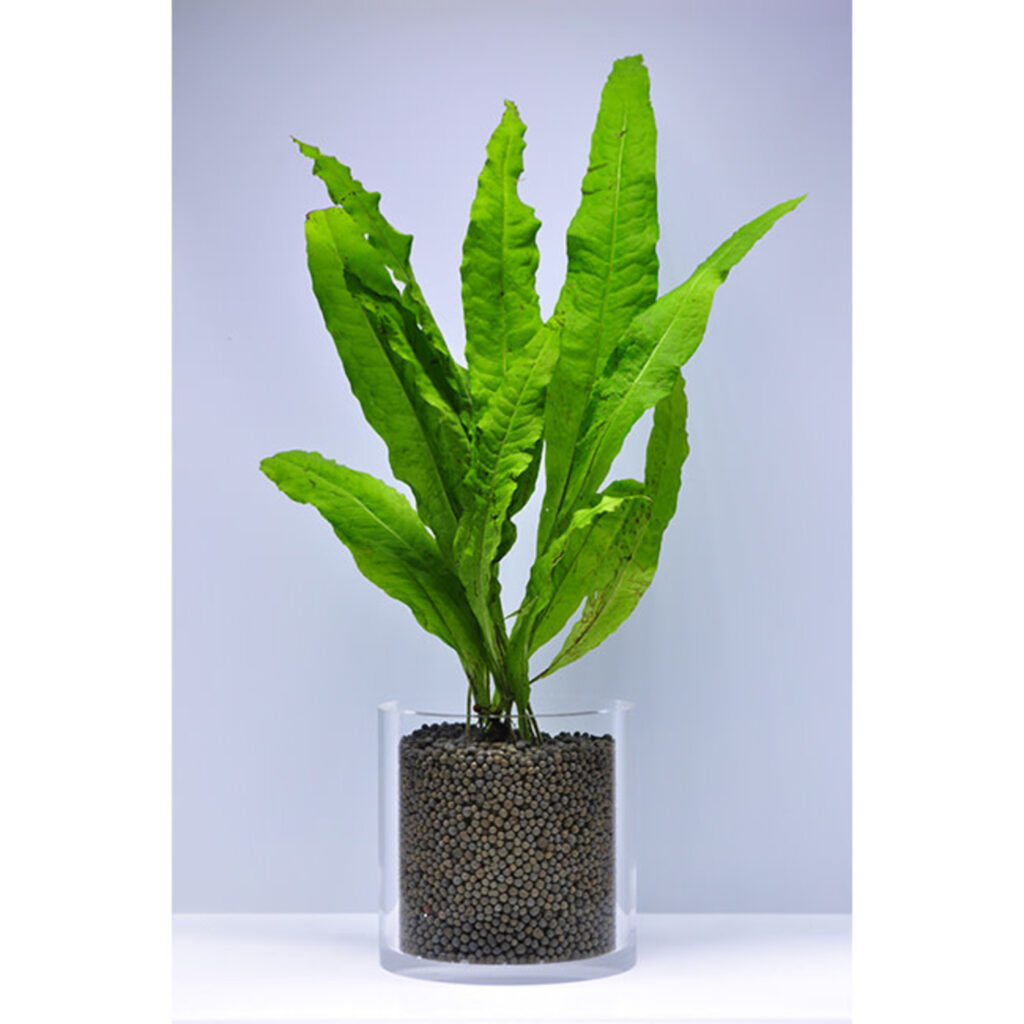
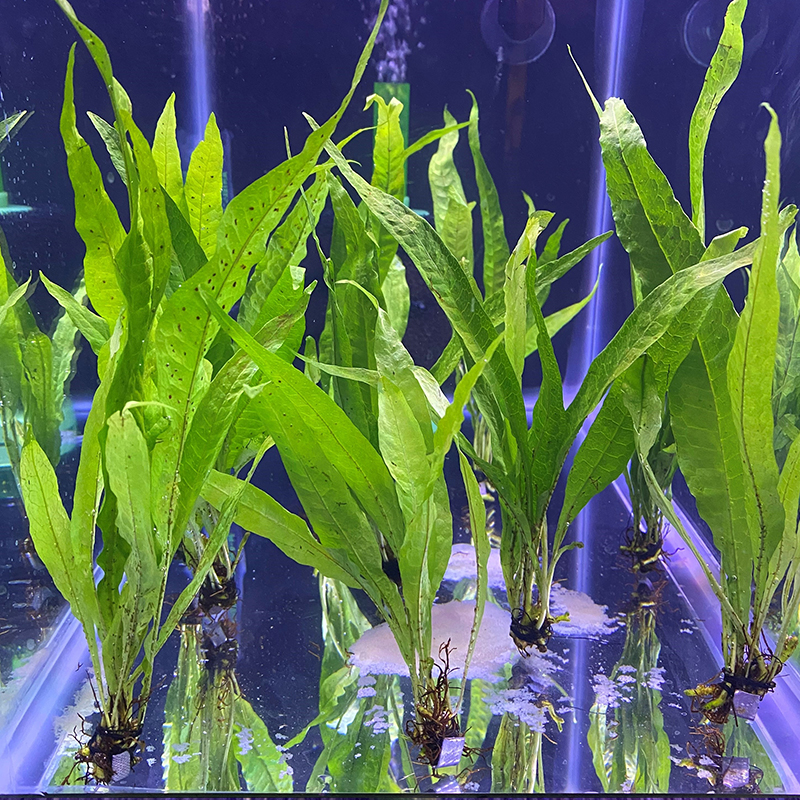


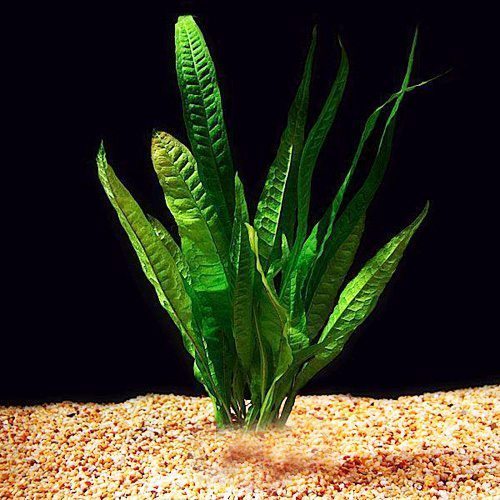

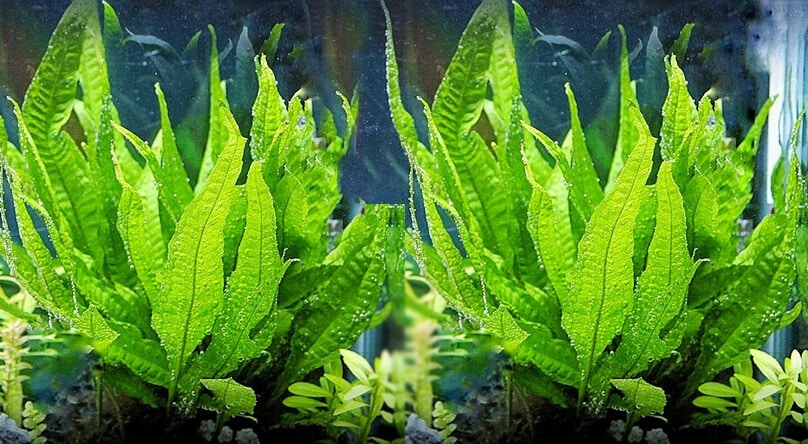

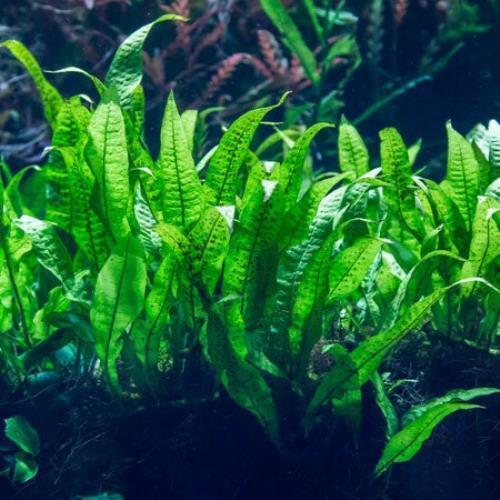
![]()
